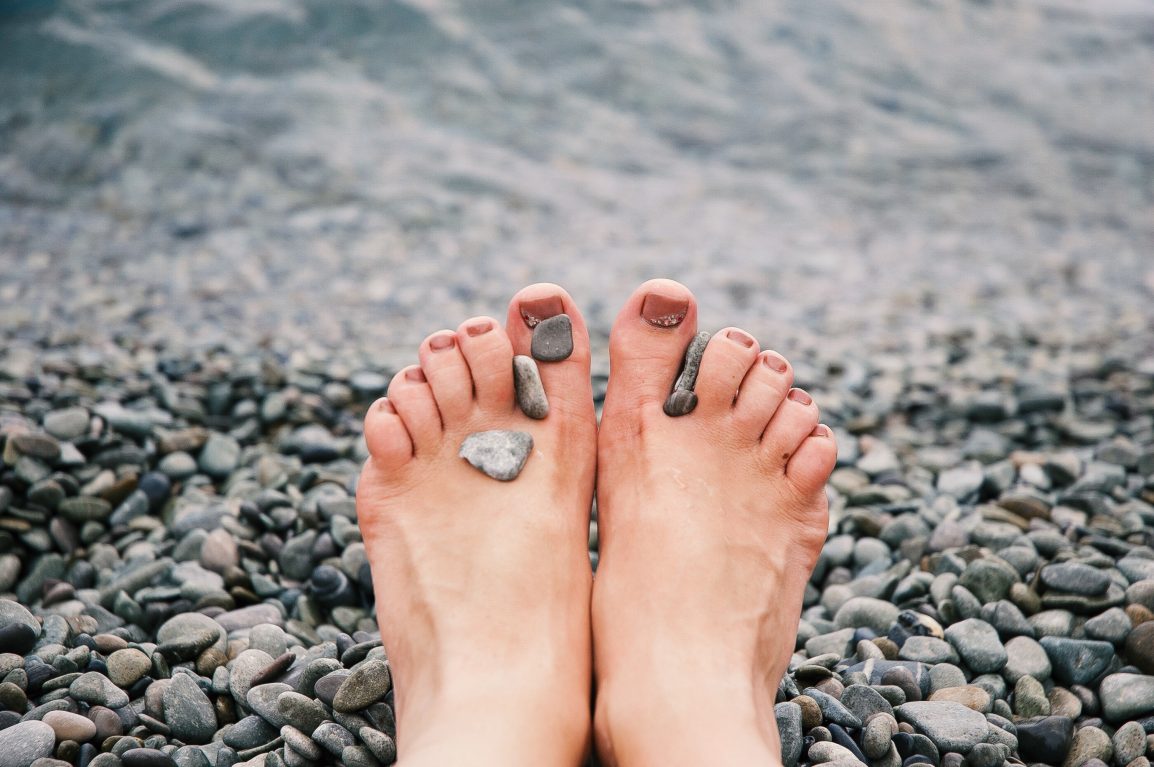Foot diseases and conditions are perhaps one of the most prevalent, but often neglected or overlooked, health concerns among many individuals. They may seem bothersome at first, but it’s important that these conditions are addressed or else they may lead to more serious injury or permanent debilitation.
Consider that the foot is a body part that works extremely hard and takes a tough beating almost every moment of your life. It is composed of 26 bones and 33 joints, and it is supported by more than a hundred muscles and other fibrous tissues such as ligaments and tendons. They all come together in a fascinating design of nature that absorbs your body weight, allows you to walk and move, and do so much more.
That is why it is important not to take the health of your feet for granted. Here are just some of the most common problems of the feet you ought to know about and how you can prevent them:
Athlete’s Foot
This is a fungal infection that is highly contagious and characterized by extreme itchiness of your feet, especially in between and under the toes. The skin will appear white and scaly with a reddish base. It could also produce a foul odor. It’s possible to pick up the fungus in areas with a lot of moisture, such as inside the bathroom or around swimming pools. Therefore, it is extremely important to keep your feet fresh and dry at all times.
To avoid getting athlete’s foot, change your socks after a sweaty session at the gym and make sure that you allow your shoes to dry completely before wearing them again. Instead of using ordinary socks, you could consider buying antimicrobial socks for kids and adults because these offer additional protection against the formation of fungus, bacteria, and other harmful microorganisms on your feet.
At the first sign of athlete’s foot, treat it with antifungal powder or spray. For more severe cases, consult your doctor for possible oral or topical medication.
Blisters
These are pockets of skin on your foot that become filled with fluid due to constant friction with some parts of your shoe, usually at the back of the heel. They can become extremely painful, especially when the fluid-filled pocket finally bursts. Don’t attempt to burst a blister, but allow it to naturally take its course and heal on its own instead. Cover it with a bandage to keep your feet comfortable and to prevent any further friction. Most importantly, make sure that the shoes you wear fit properly and are made of soft material that conforms to your feet.
Plantar Fasciitis and Heel Spurs
The plantar fascia is a ligament that runs across the bottom of your foot, from the lower middle part down to the bottom of the heel. It can be a source of pain when the ligament is overworked or strained from standing too long or often, engaging in high-impact activities such as running, being overweight, and many others.
Burdening your feet may further lead to spurs, which are deposits of calcium that cause a sensation similar to having a small stone stuck inside your shoe. To prevent these, make sure to rest your feet regularly and pamper them through gentle stretching and by placing a cold compress on them. You can also try wearing shoes that offer proper arch support and enable natural movement of your feet. If the condition gets worse, your doctor may prescribe anti-inflammatory medicine, physical therapy sessions, special orthotic devices, or even surgery.
Bunions and Hammertoes
A bunion is a deformity of the big toe where there is a bony protrusion at the base. On the other hand, hammertoes are another type of deformity, where one of the toes is bent in the middle or protrudes in an unusual manner. While the former could be congenital in nature, both these foot conditions are usually caused by wearing restrictive or ill-fitting shoes. Thus, it is important to go for comfortable and proper-fitting footwear. There are devices that you can wear to correct the position of your toes, or you may opt for a surgical procedure for more permanent results.
Gout
This type of arthritis is not exactly a disease of the foot, but the foot is the first thing that is usually affected. Uric acid builds up in the toes and becomes crystals that make the foot swollen and painful. Therefore, it makes walking extremely difficult or nearly impossible. Gout can be addressed by watching your diet and staying away from foods that are high in uric acid. These include red meat and alcoholic beverages such as beer. Managing and lowering your body weight can also help ease the burden on your feet and prevent bouts of gout. Seek the advice of a rheumatologist for additional remedies for gout such as prescription medication.
As you age, these problems with your feet will only get more frequent. To ensure that you live life to the fullest, take care of your feet and always keep them in top shape through some tender-loving care, pampering, and rest.

